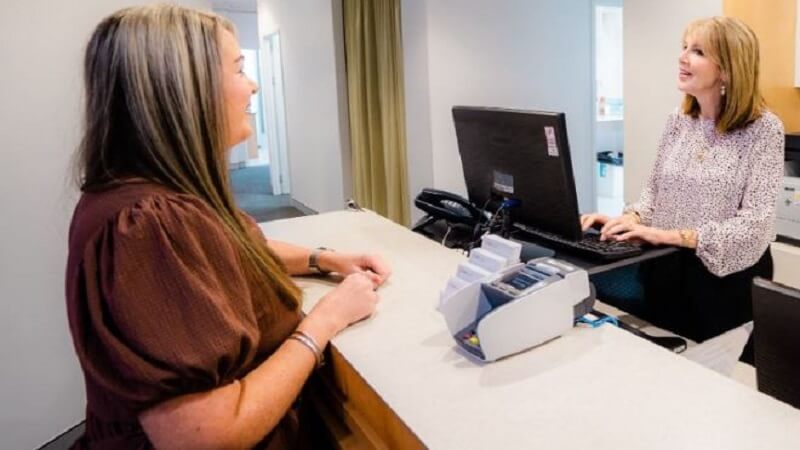Early detection can save lives, and when it comes to protecting your skin, knowing what to expect at a skin cancer clinic Brisbane residents rely on, can ease any anxiety you might feel about booking your first visit. With Australia having one of the highest rates of skin cancer in the world, getting regular skin checks is more than just good practice—it’s essential.
Whether it’s your first time visiting a clinic or you’re returning for a follow-up, here’s a clear breakdown of what happens, why it matters, and how to prepare for a thorough skin cancer check.
Why Visit a Skin Cancer Clinic?
Skin cancer clinics specialise in the early detection, diagnosis, and treatment of various types of skin cancers, including melanoma, basal cell carcinoma, and squamous cell carcinoma. Unlike a general medical clinic, these clinics are purpose-built with expert dermatologists or skin cancer doctors and the latest dermoscopy technology.
Brisbane’s sunny climate means greater exposure to UV rays year-round, increasing your risk, especially if you work outdoors or spend a lot of time in the sun. A specialised clinic ensures you’re being checked by professionals who know what to look for.
What Happens During a Skin Cancer Check?
1. Patient History and Discussion
The consultation begins with a brief discussion about your medical history, skin type, family history of skin cancer, and any specific moles or spots that have changed in size, shape, or color. The doctor may ask about your sun exposure habits and use of sunscreen.
2. Full-Body Skin Examination
You’ll be asked to undress your underwear so the practitioner can perform a full-body check. This includes examining areas you might not usually consider, such as your scalp, between your toes, and under your fingernails.
To ensure nothing is missed, your skin will be examined using a dermatoscope—a handheld device that magnifies the skin and provides a clearer view of suspicious spots.
3. Documentation and Monitoring
Any moles or lesions of concern are documented using high-resolution photography. This helps track changes over time and determine whether further action is required. Some clinics use mole mapping technology for precise long-term monitoring.
4. Diagnosis and Next Steps
If something suspicious is found, your doctor may:
- Recommend a biopsy (removing a small piece of skin for testing)
- Suggest excision (removal of the entire lesion)
- Schedule a follow-up appointment for further observation
These decisions are always discussed in detail with you, and you’ll be informed about the risks and benefits of any procedure.
How to Prepare for Your Appointment
- Avoid wearing makeup, nail polish, or fake tan, as they can obscure skin spots.
- Wear loose-fitting clothing to make changing easier.
- Bring a list of medications and details of any personal or family history of skin cancer.
- Note down any spots you’re concerned about so you don’t forget to mention them.
Preparation helps ensure the doctor has a complete picture and makes your visit more efficient and comfortable.
What About Follow-Ups?
If your skin is prone to sun damage or you’ve had skin cancer before, you’ll likely be advised to return every 6–12 months for routine skin checks. Early follow-up ensures that any new or changing lesions are caught promptly.
People at higher risk include:
- Fair-skinned individuals
- Those with a history of sunburns or tanning bed use
- Individuals with a personal or family history of skin cancer
- Outdoor workers or athletes
Regular checks at a trusted clinic provide peace of mind and increase your chances of early detection.
Benefits of Choosing a Specialist Clinic
- Advanced equipment for accurate diagnosis
- Skilled doctors with focused expertise in skin cancer
- Streamlined care, from examination to treatment, all in one place
- Personalised monitoring, especially useful for patients with multiple moles or a past skin cancer history

